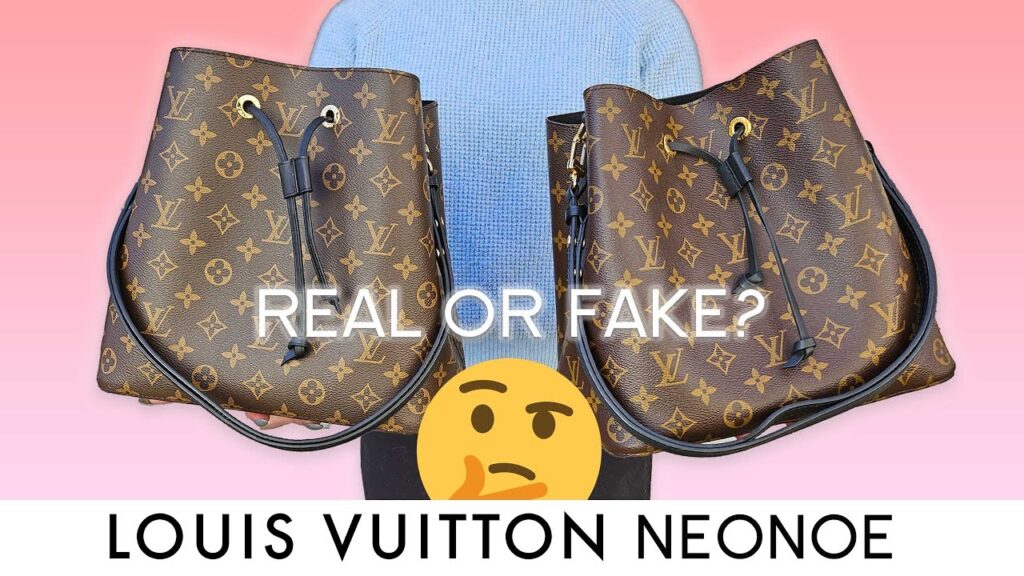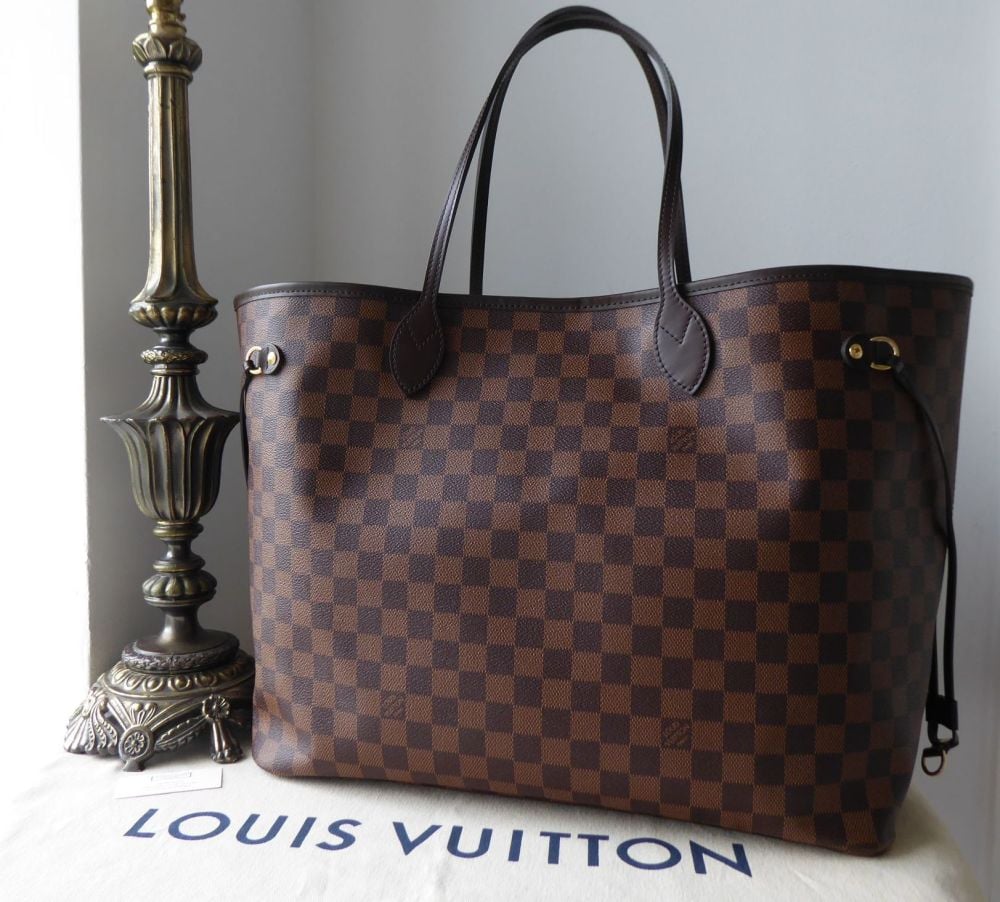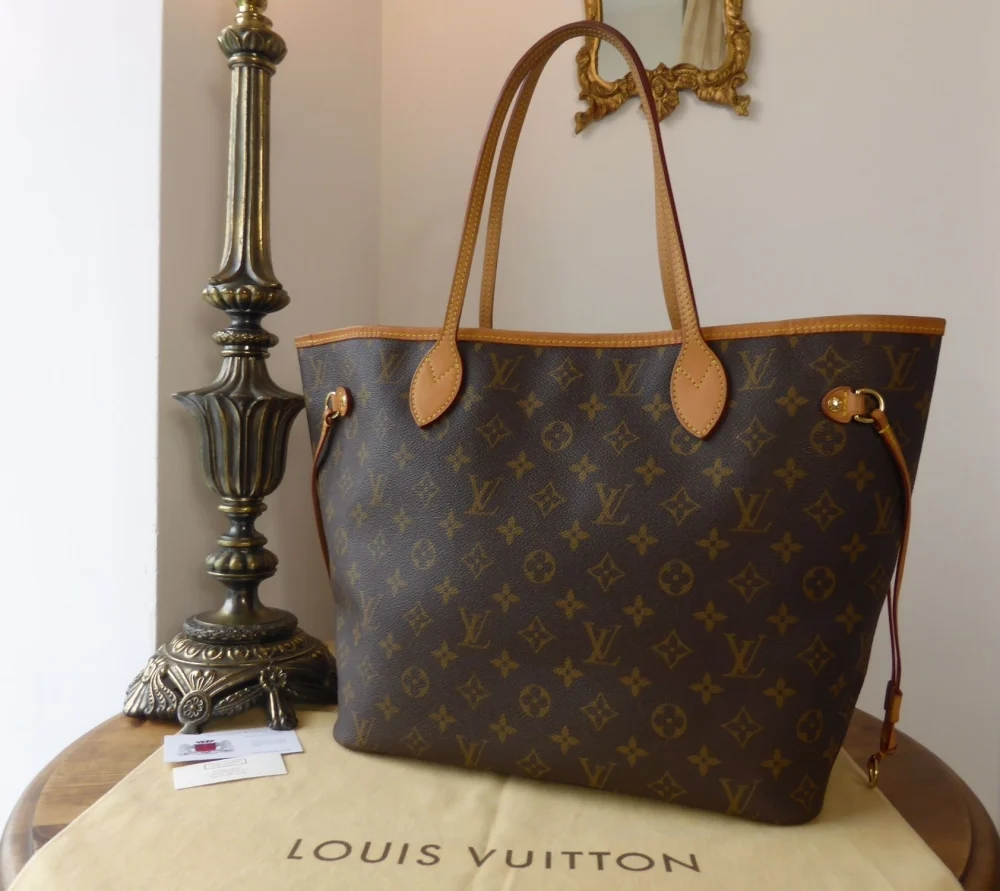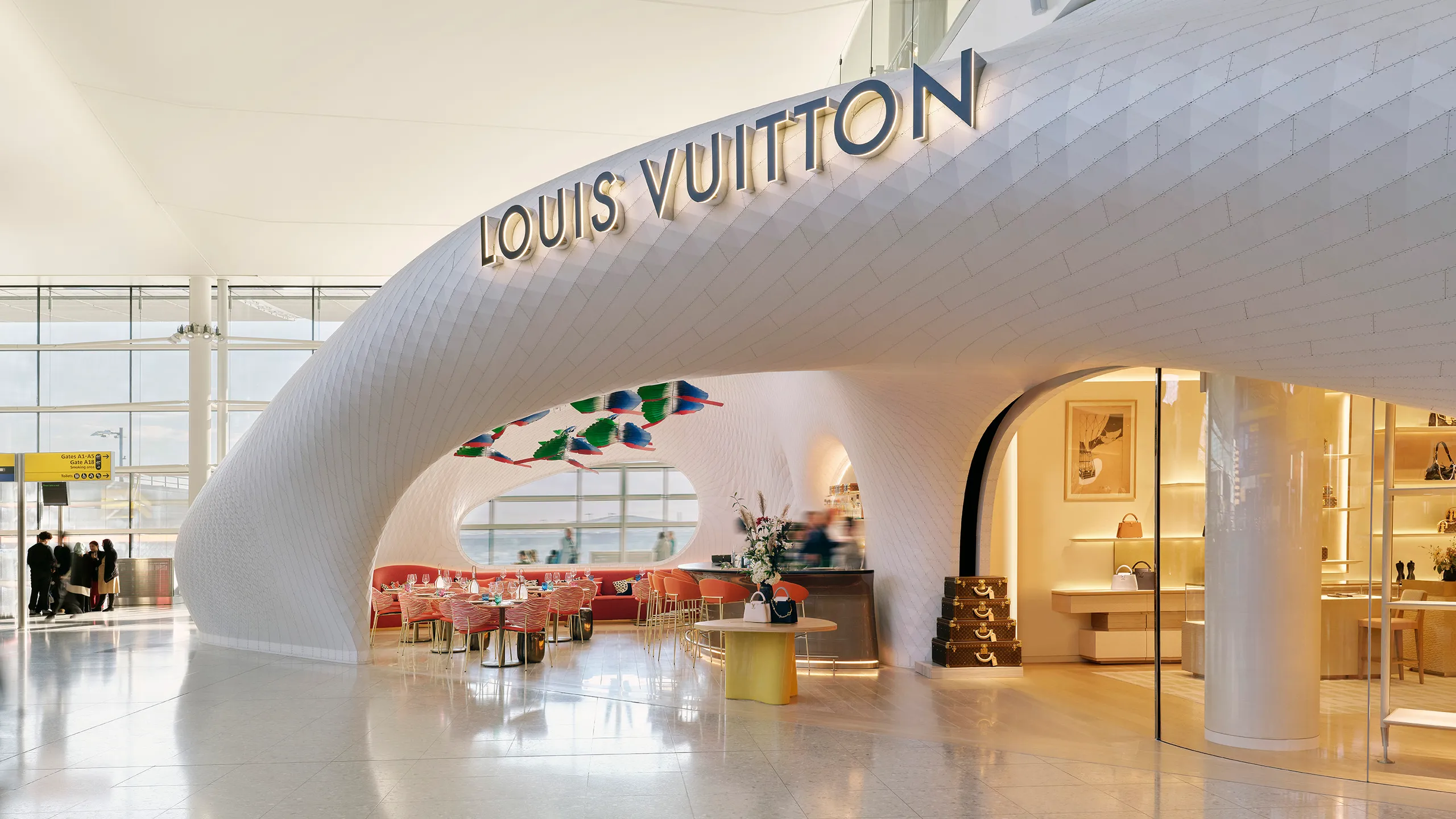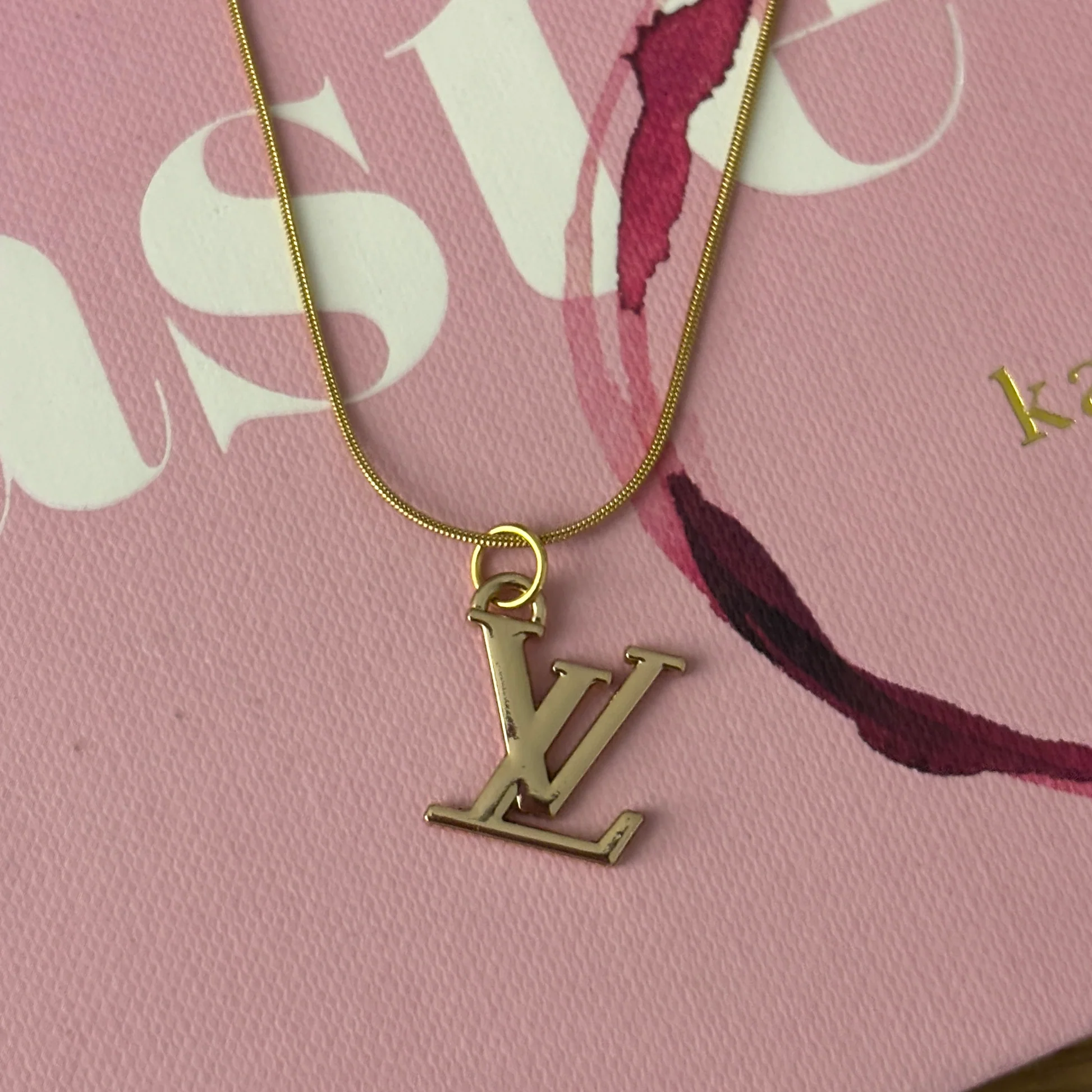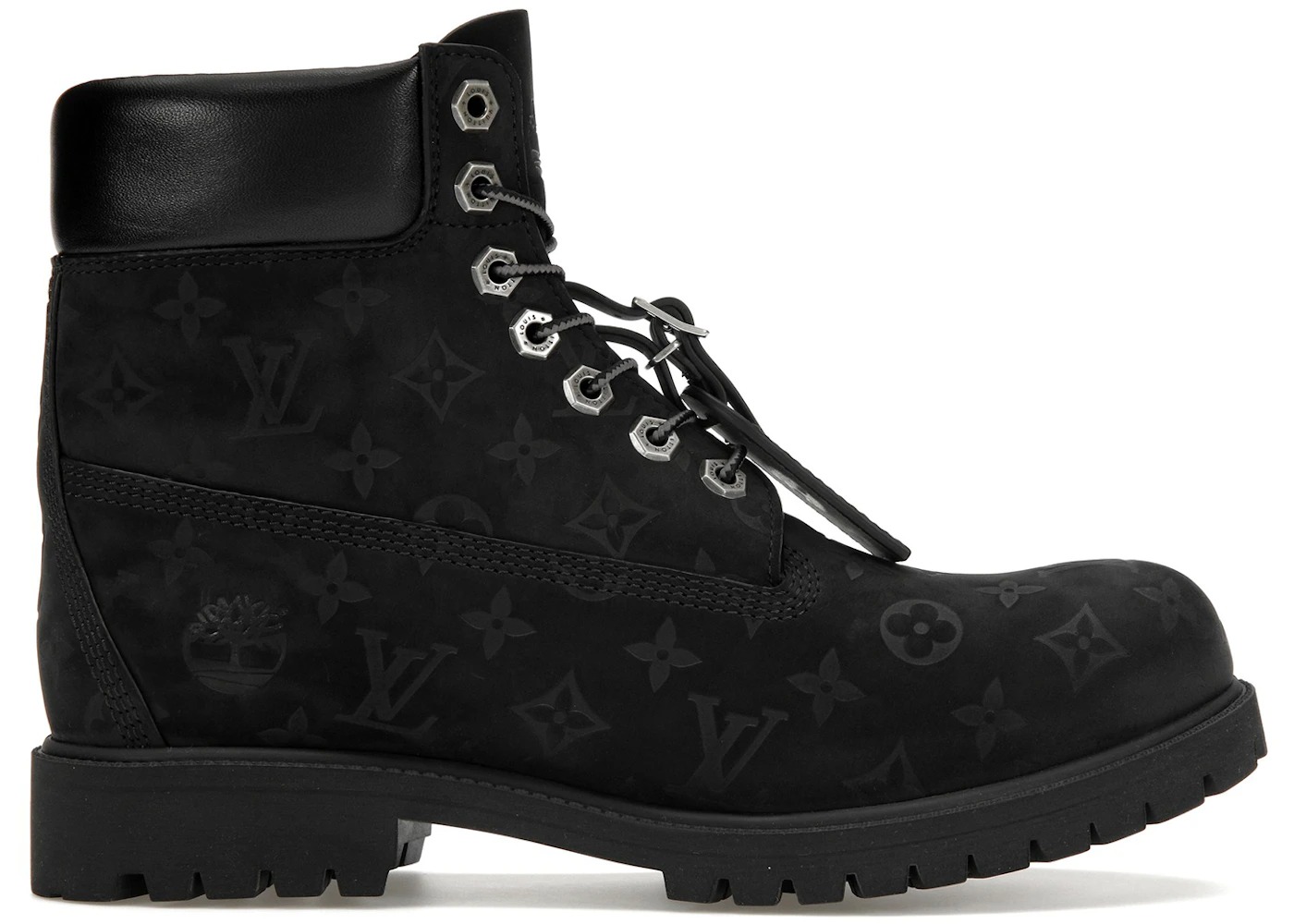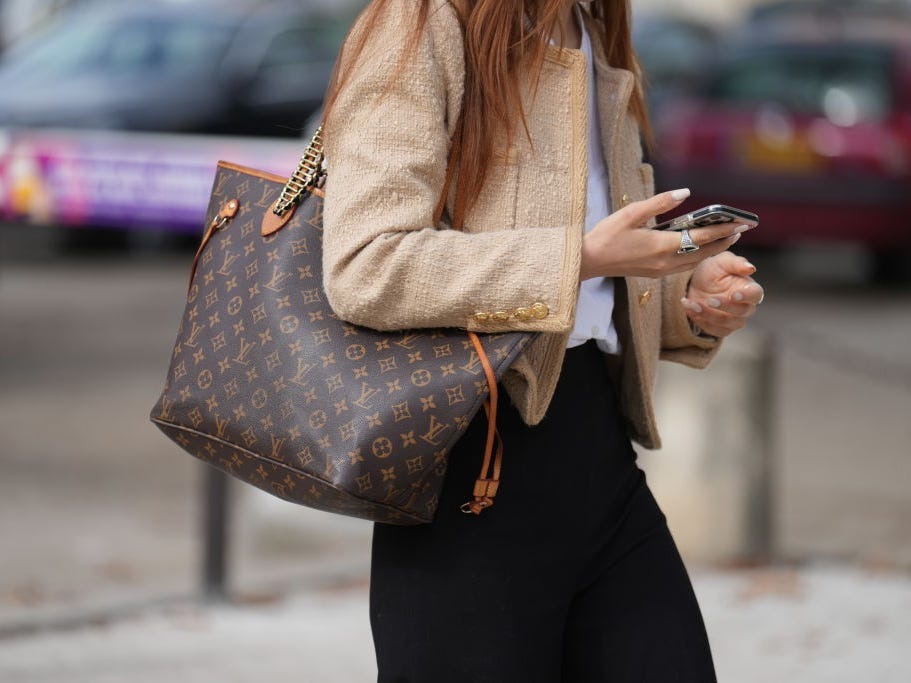Non-Original Louis Vuitton – Louis Vuitton is one of the most prestigious luxury fashion brands in the world, known for its iconic monogram, craftsmanship, and status symbol appeal.
With such immense popularity, it’s no surprise that Louis Vuitton is also one of the most counterfeited brands globally.
The term “non-original Louis Vuitton” refers to products that are not manufactured or authorized by the brand—essentially fakes or replicas.
In this article, we’ll dive into what “non-original” really means, why counterfeit Louis Vuitton products exist, how to spot them, the ethical and legal risks involved, and how the counterfeit market affects consumers and the fashion industry.
What Does “Non-Original Louis Vuitton” Mean?
“Non-original” is often used as a softer term for counterfeit or fake.
It refers to any item that mimics the design, logo, or style of Louis Vuitton without being produced or licensed by the brand itself.
There are various types of non-original items:
- Knockoffs: Products that look similar but avoid logos to dodge legal issues.
- Replicas: Imitations that try to mirror the original, including logos and packaging.
- Super fakes: High-quality counterfeits that can be difficult to distinguish from genuine items.
Regardless of quality, all non-original Louis Vuitton products are illegal and violate intellectual property laws.
Why Is Louis Vuitton So Commonly Counterfeited?
Several factors make Louis Vuitton a prime target for counterfeiters:
- High Demand
Louis Vuitton is a symbol of luxury and success. Not everyone can afford genuine items, so there’s a market for cheaper “alternatives.”
- Strong Brand Recognition
The brand’s monogram and iconic designs are instantly recognizable, making them a desirable template for imitation.
- Limited Availability
Louis Vuitton does not discount its products and only sells through official stores and its website, which pushes price-conscious consumers to seek items elsewhere.
- Status Symbol Culture
For many, owning luxury items is a way to gain social approval. Counterfeits offer the “look” without the cost, feeding into a desire to appear affluent.
The Legal and Ethical Concerns
1. Trademark Infringement
Louis Vuitton vigorously defends its intellectual property.
Counterfeiting is a serious legal offense in most countries. Selling, purchasing, or possessing fake goods can result in fines or legal action.
2. Unethical Manufacturing
Counterfeit products are often produced in unsafe and exploitative working conditions.
Some are linked to child labor, organized crime, and even human trafficking.
3. Deception and Misrepresentation
Buying or selling non-original products—especially if claimed to be authentic—constitutes fraud.
This not only misleads buyers but also undermines trust in the luxury market.
Risks of Buying Non-Original Louis Vuitton Products
1. Poor Quality
While some counterfeits look convincing, they rarely match the quality of real Louis Vuitton items.
The materials, stitching, durability, and craftsmanship are inferior, meaning the product won’t last.
2. No Warranty or Customer Service
Genuine Louis Vuitton items come with after-sales services, such as repairs and authentication.
Non-original products offer no such support, leaving you with no recourse if issues arise.
3. Legal Trouble
Even as a buyer, you could face legal consequences for knowingly purchasing counterfeit goods, especially when traveling internationally.
4. Social Embarrassment
Many people are skilled at spotting fakes. Wearing a counterfeit item could lead to social embarrassment or reputational damage if others find out.
How to Identify a Non-Original Louis Vuitton Product
While counterfeiters are getting increasingly sophisticated, there are still some telltale signs that can help you identify non-original items:
- Price Too Good to Be True
Authentic Louis Vuitton never goes on sale. If you see deep discounts or “wholesale Louis Vuitton,” it’s likely fake.
- Irregular Stitching
Louis Vuitton prides itself on precision. Crooked seams or uneven stitching are red flags.
- Fake Materials
Genuine Louis Vuitton uses premium leather and coated canvas. Counterfeits often use synthetic or low-grade materials.
- Incorrect Logo
Look closely at the logo and font. Common errors include:
- Misplaced or stretched letters
- Incorrect spacing
- Misspellings
- No Serial Number or Date Code
All authentic Louis Vuitton bags have a date code—a small code inside the bag indicating when and where it was made. While not foolproof, its absence is a sign of a fake.
- Suspicious Packaging
Authentic Louis Vuitton products come in high-quality packaging. Cheap boxes, poor-quality dust bags, or missing receipts are warning signs.
The Impact of Counterfeits on the Fashion Industry
- Revenue Loss
Counterfeit goods cost the fashion industry billions of dollars in lost sales every year.
Brands like Louis Vuitton spend heavily on anti-counterfeiting efforts.
- Erosion of Brand Value
The presence of counterfeits diminishes the exclusivity and prestige associated with luxury brands.
- Stifled Creativity
If profits are diverted to counterfeiters, brands may have fewer resources to invest in design innovation and artisanship.
- Consumer Distrust
A market flooded with fakes makes it harder for consumers to trust legitimate sellers and online platforms.
Ethical Alternatives for Budget-Conscious Shoppers
Not everyone can afford a Louis Vuitton item—and that’s okay. Fortunately, there are ethical alternatives:
- Buy Secondhand
Platforms like The RealReal, Fashionphile, and Vestiaire Collective sell authenticated pre-owned items at lower prices.
- Support Independent Designers
Many emerging brands offer high-quality, stylish products without the luxury markup. Supporting them helps foster diversity in fashion.
- Invest in Timeless Non-Luxury Brands
Brands like Coach, Polène, and Furla offer quality craftsmanship at more accessible prices, with transparent sourcing and design ethics.
Conclusion
Buying or selling non-original Louis Vuitton products is not only illegal but also unethical.
It undermines the value of authentic craftsmanship, contributes to harmful labor practices, and poses serious risks for consumers.
While the allure of luxury at a fraction of the cost is tempting, the reality behind counterfeit products is far from glamorous.
Instead of compromising on quality, legality, and ethics, consider exploring secondhand luxury or supporting up-and-coming designers who offer authenticity and value.

